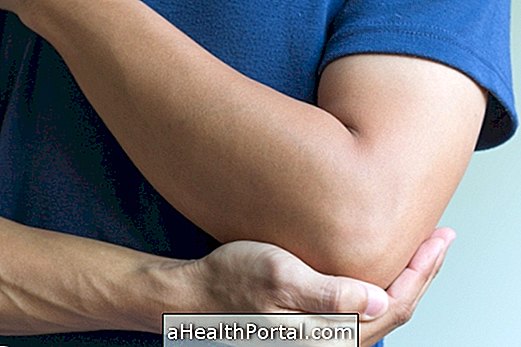Osteoporosis in the spine has no cure, however, it is important to treat it to slow bone mineral loss, reduce the risk of fractures, relieve pain and improve quality of life.
The treatment should be done under the guidance of the physiotherapist, doctor and nutritionist, and may be indicated to perform exercises, use of medications and a diet rich in calcium and vitamin D.
Osteoporosis is a silent disease characterized by loss of bone mass, making bones more fragile and at risk of fractures. Get to know the symptoms of osteoporosis.
3 exercise options

Osteoporosis in the spine has no cure, however, exercises can be done to strengthen bones, minimize bone loss, relieve symptoms, and thus improve quality of life. The exercises should always be indicated and guided by the physiotherapist, but some options include:
- Exercise 1: In the 4-position position, with arms outstretched, push your back toward the ceiling, shrinking your belly inward and letting your back curl slightly. Stay in this position for about 20 to 30 seconds and repeat 3 times. This exercise helps to stretch the back, relieving pain;
- Exercise 2: In the standing position, lean against a wall with your feet shoulder-width apart and slightly forward and your butt, palms, back and shoulders against the wall. Swing up and down, bending your knees midway, as if you were sitting, keeping your back straight. Repeat 10 times, 2-3 times a week. This exercise helps strengthen your back and improve posture;
- Exercise 3: Sitting on a pilates ball or chair, without leaning against the backrest, try to join the shoulder blades together. Hold position for 15 to 20 seconds and relax. Do this exercise 3 times a week. This exercise lengthens the upper back and shoulders, improving posture.
In addition to these exercises, regular exercise is also recommended in the treatment of osteoporosis because it helps to slow bone mineral loss. Find out the best exercises for osteoporosis.
Remedies that may be indicated
In addition to practicing exercises to relieve spinal osteoporosis-related pain and disease progression, your doctor may recommend using some medications. The most common include:
- Bisphosphonates tablets or injection such as Alendronate, Etidronate, Ibandronate or Zoledronic Acid: help maintain bone density and reduce the risk of fracture;
- Strontium ranelate: helps increase bone mass formation;
- Raloxifene: helps maintain bone density and reduce the risk of fracture, especially of the spine;
- Teriparatide in the form of injection: helps increase bone density;
- Calcium and vitamin D supplements are used when food is not enough to meet the needs of calcium and vitamin D. See an example of calcium and vitamin D supplementation;
In addition, hormone replacement therapy may also be recommended, especially in menopausal women because it can help control symptoms as it helps maintain bone density and reduce the risk of fracture. In men, testosterone treatment may also be helpful when osteoporosis is caused by the insufficient production of male sex hormones.
In addition, it is recommended to carry out a diet rich in foods with calcium, since calcium helps maintain bone health as well as vitamin D risks, as this vitamin promotes the correct absorption of calcium. Thus, it is recommended to consume milk and dairy products, dark leafy vegetables, fish liver oils, almonds, eggs and margarine. Watch the video and know what other foods to consume:

Learn more about making proper nutrition for osteoporosis.
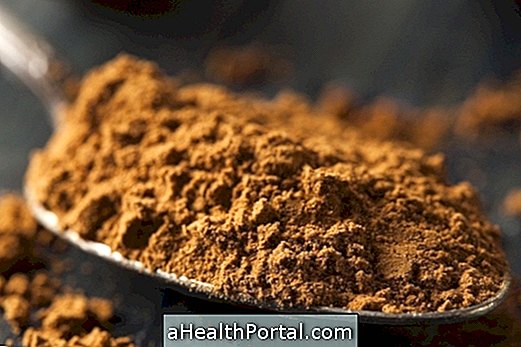



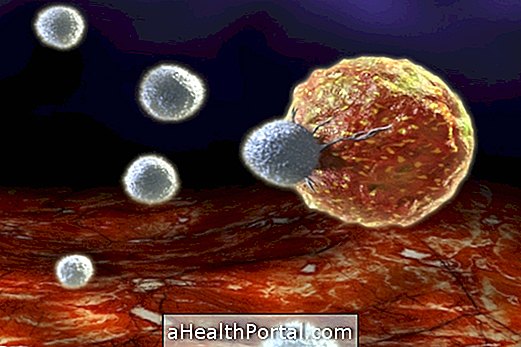
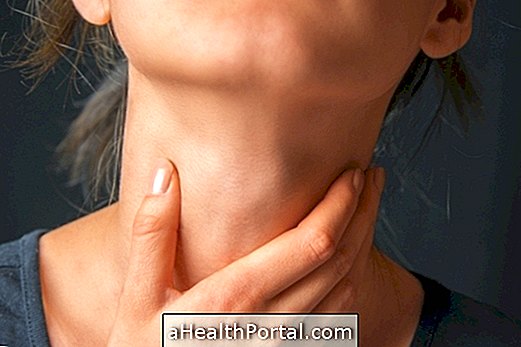

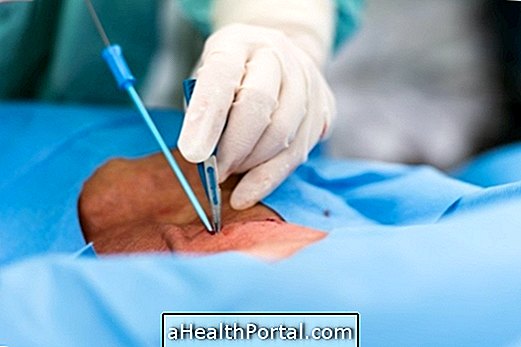
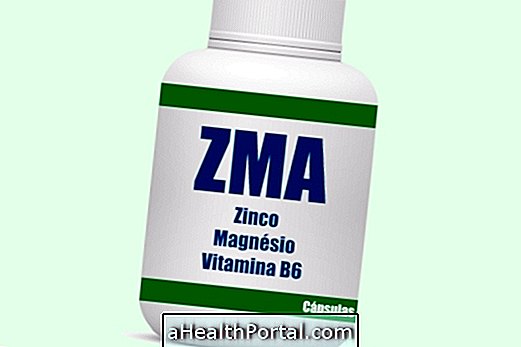
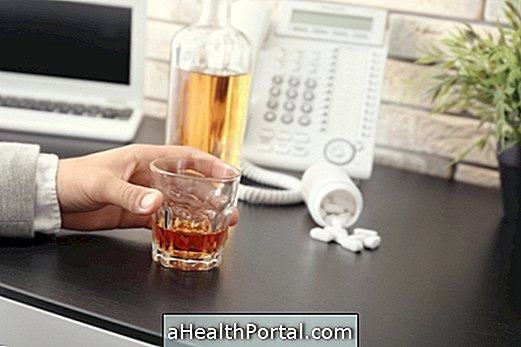



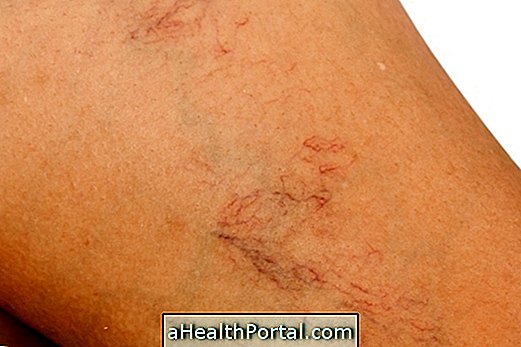
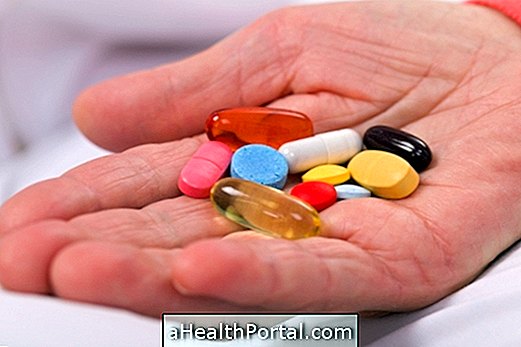


.jpg)


